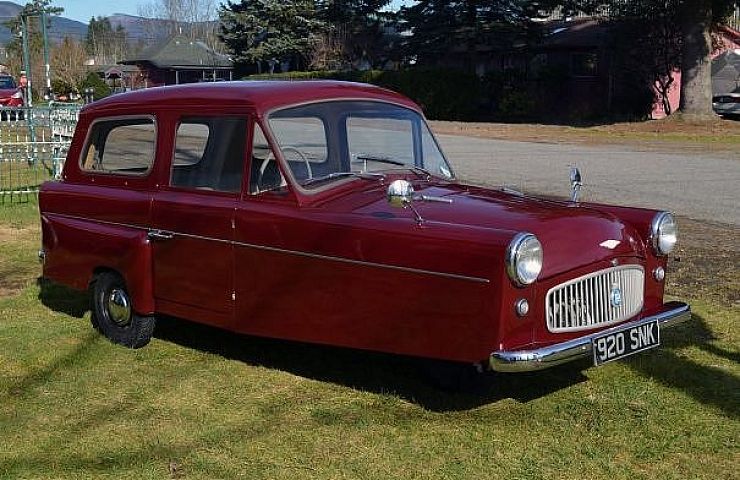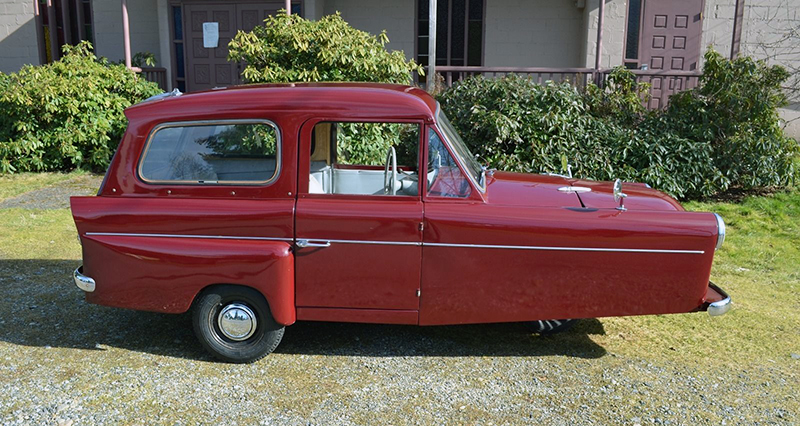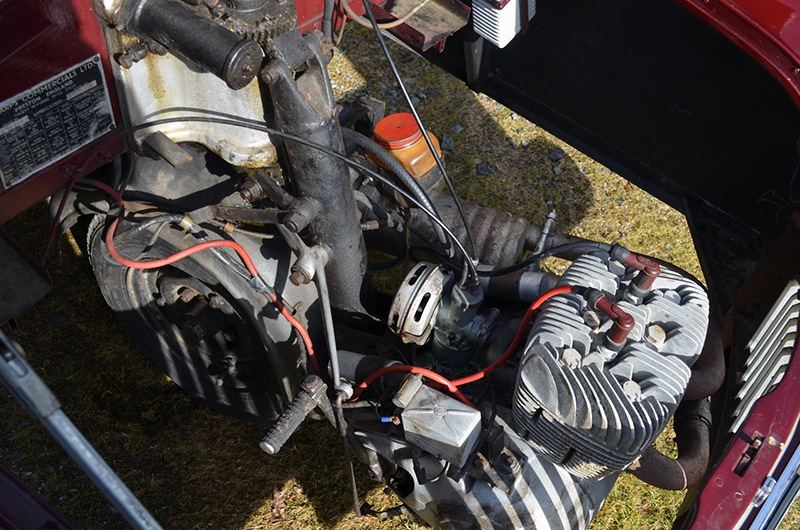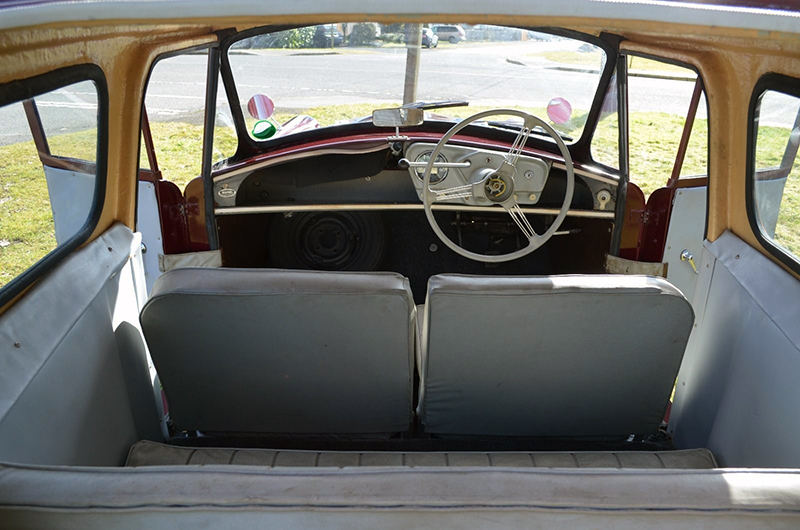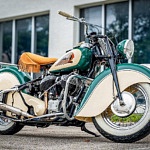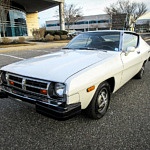If you’re a fan of microcars, especially the three-wheeled variety, this rare 1963 Bond Mark G Estate listed on eBay deserves a careful look. Bond was one of numerous automakers that produced microcars following the Second World War—when resources in Europe were scarce, and the need for affordable personal transportation was great. The fact that many microcars, including the Bond, could be insured and licensed as motorcycles made them an even better value.
The Mark G Estate was one of the last models Bond produced, so it benefits from two decades of production, as well as founder Lawrence Bond’s aeronautical engineering experience during World War II. Bond came up with his concept for a front-wheel drive microcar powered by a single-cylinder two-stroke Villiers engine and three-speed gearbox in 1948. Production began the following year at Sharp’s Commercials Limited in Lancashire, England.
Unlike early Bond models, the 1963 Mark G has a Dynastart generator and a starter actuated via a lever under the dash. That makes firing the ignition much easier than kick-starters. This Bond comes with a two-cylinder, Villiers two-stroke engine rated at 14.6-horsepower: three more than the one-cylinder block on the base car that debuted in 1961.
The Bond’s engine, gearbox, and front wheel are a single assembly. The driver can pivot the engine up to 90-degrees using the steering wheel for an exceptional turning radius. Watch the 1963 Bond in action in this video:
The transmission is a four-speed manual gearbox. Bonds didn’t come with a traditional reverse gear. The Dynastart incorporates a reverse solenoid switch: the driver stops the engine and uses the switch to reverse the direction of the engine.
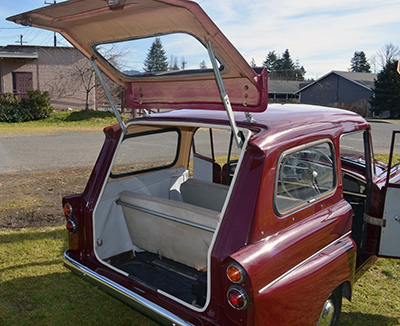
Small as it is, the Mark G is capable of seating four passengers. Front seats are adjustable with the passenger side moving forward enough to provide access to the rear bench. Doors are on the small side, but lockable with wind-up windows.
Bond made numerous changes to the suspension to keep all four passengers comfortable. On early models, the engine and front wheel were sprung as part of the trailing link suspension, while the rear wheels mounted to the body on stub axles with no suspension at all. By the 1960s, Bonds featured a trailing arm rear suspension with Armstrong dampers.
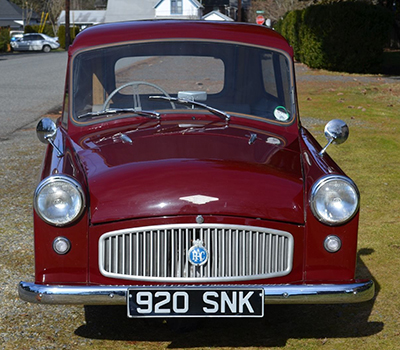
All the above improvements added significant weight to the vehicle. The Mark G weighs about 850 pounds compared to the topless 1951 Minicar Deluxe Tourer weighing 310 pounds. But on fast-moving American highways, the extra heft and more rigid body structure is probably a benefit.
If you want a mini that’s not a MINI, Isetta, Messerschmitt, Peel Trident or Fiat 600, the Bond Mark G Estate is an exceptionally lovable package.

